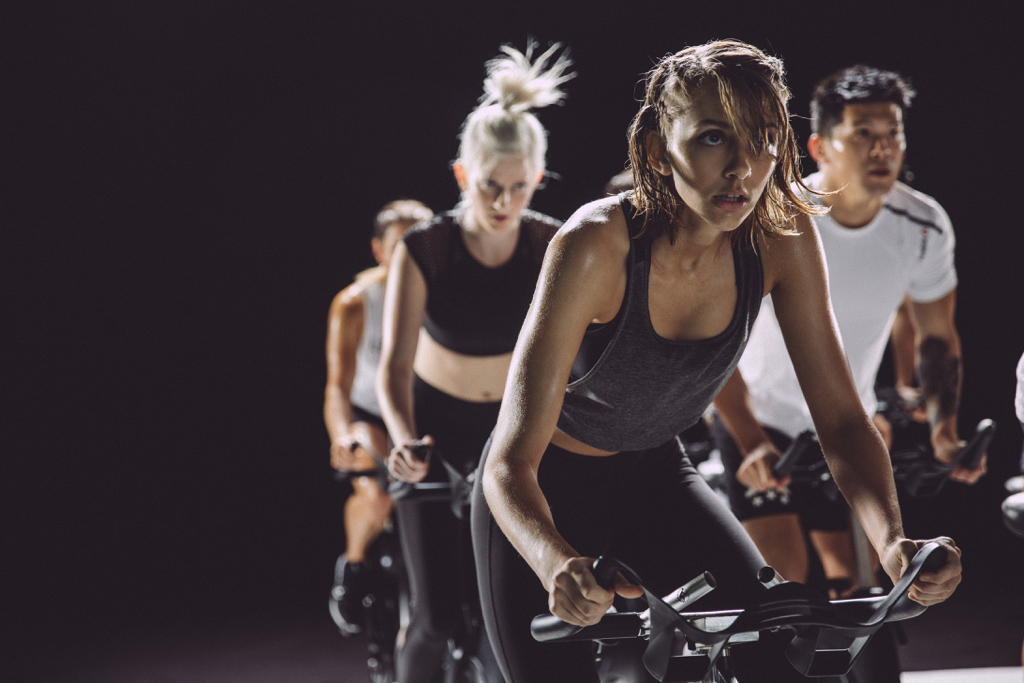Physical activity improves your physical and mental health. Even small amounts
of physical activity are good, and more is better.
For almost everyone, the benefits of physical activity far outweigh any risks.
For some individuals, specific advice from a health care provider is advisable.
This questionnaire is intended for all ages – to help move you along the path
to becoming more physically active.
The following questions will help to ensure that you have a safe physical
activity experience. Please answer YES or NO to each question before you
become more physically active. If you are unsure about any question, answer YES.
1
Have you experienced ANY of the
following (A to F) within the past six months?

